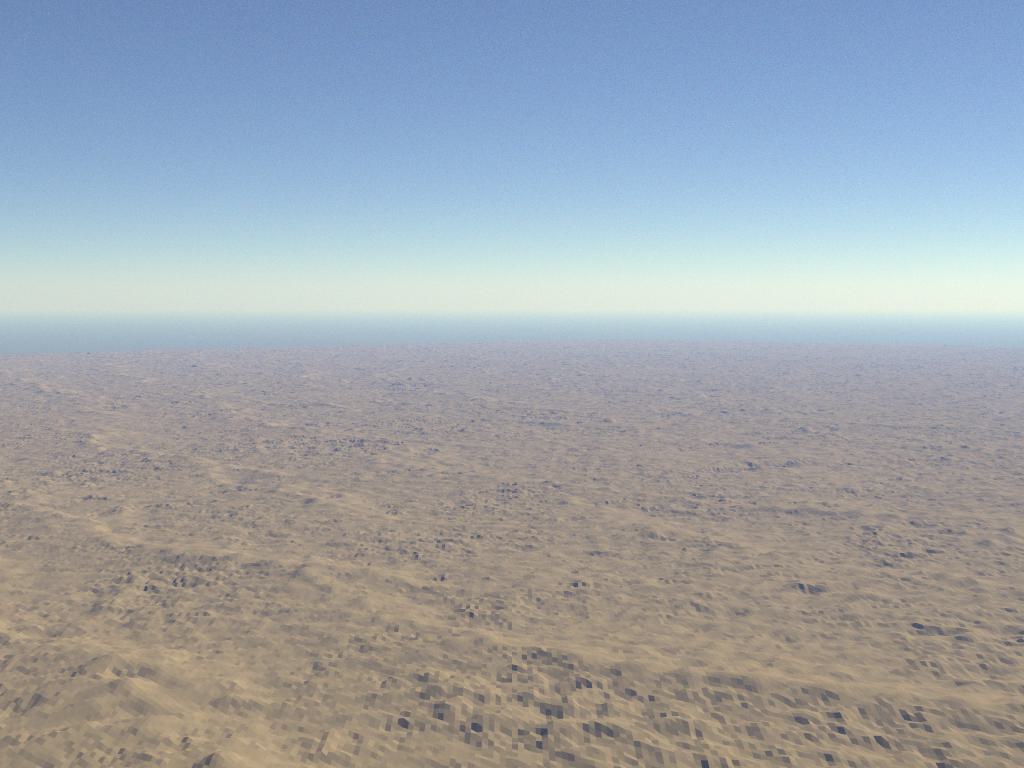Rayference helps bring metrology to Earth observation applications with its Eradiate 3D radiative transfer simulation software
The Eradiate radiative transfer model, designed during the MetEOC-3 project, was subsequently funded for development by the European Space Agency, and a first public release issued in the Spring of 2022. This calibration/validation-oriented model, aiming at high accuracy, is a European contribution towards bringing metrology to space applications.
MetEOC-3 supported the design of a new radiative transfer model to enable calibration/validation activities in remote sensing. This activity, described in a January 2019 update, produced input for developing the Eradiate radiative transfer model, which since March 2019 has been funded by the European Commission through the Copernicus programme, under the supervision of the European Space Agency.

Accurate radiative transfer simulation, without the headaches
The first development phase of Eradiate concluded in April 2022. During that phase, Belgium-based company Rayference laid the foundations of this new radiative transfer simulation package.
The main goal set for Eradiate is to reach 1% accuracy for satellite image simulation and align with the performance of the best current and upcoming satellite-borne instruments. This is reflected in the selection of models and numerical methods, as well as the development process, with significant resources allocated for software verification and benchmarking.
Coherent with the original goal of promoting a cross-community approach designed to bring the latest technological advances in computer graphics to the Earth observation community, Eradiate uses cutting-edge rendering software as its radiometric kernel.
Rayference uses the Mitsuba 3 radiometric kernel developed by the Realistic Graphics Lab at EPFL (École Polytechnique Fédérale de Lausanne, Switzerland). It is a physically based renderer and as such can be used for purposes extending beyond its initial artwork application (including, but not limited to, radiative transfer computation). According to Rayference, thanks to this technological choice, Eradiate offers a unique fully-scriptable Python interface, which is ‘great for integration in modern scientific workflows’.
Open software for the scientific community
Eradiate is free software, licensed under the GNU Lesser General Public License, so available free of charge for the community. It can be used, inspected and modified by anyone, and it is provided with comprehensive documentation and training material.
Rayference continues to support the development of the model with the support of European institutions, fixing issues and improving its performance and modelling capabilities.
Bringing metrology to radiative transfer simulation
In the framework of MetEOC-4, Rayference, NPL and Aalto University are collaborating in an experiment to independently validate the radiative transfer simulation software traceably to SI.
In this experiment Eradiate was used to design an artefact with specific reflective features. This artefact was manufactured by NPL and is currently being characterised geometrically and radiatively in SI-traceable facilities.
The final step in this activity will be to compare the measured reflectance of the artefact with the results of a simulation performed with Eradiate.
This procedure will then be used to design validation protocols for radiative transfer models in conditions closer to actual satellite image simulations, so contribute to the overall effort of bringing metrology to remote sensing.